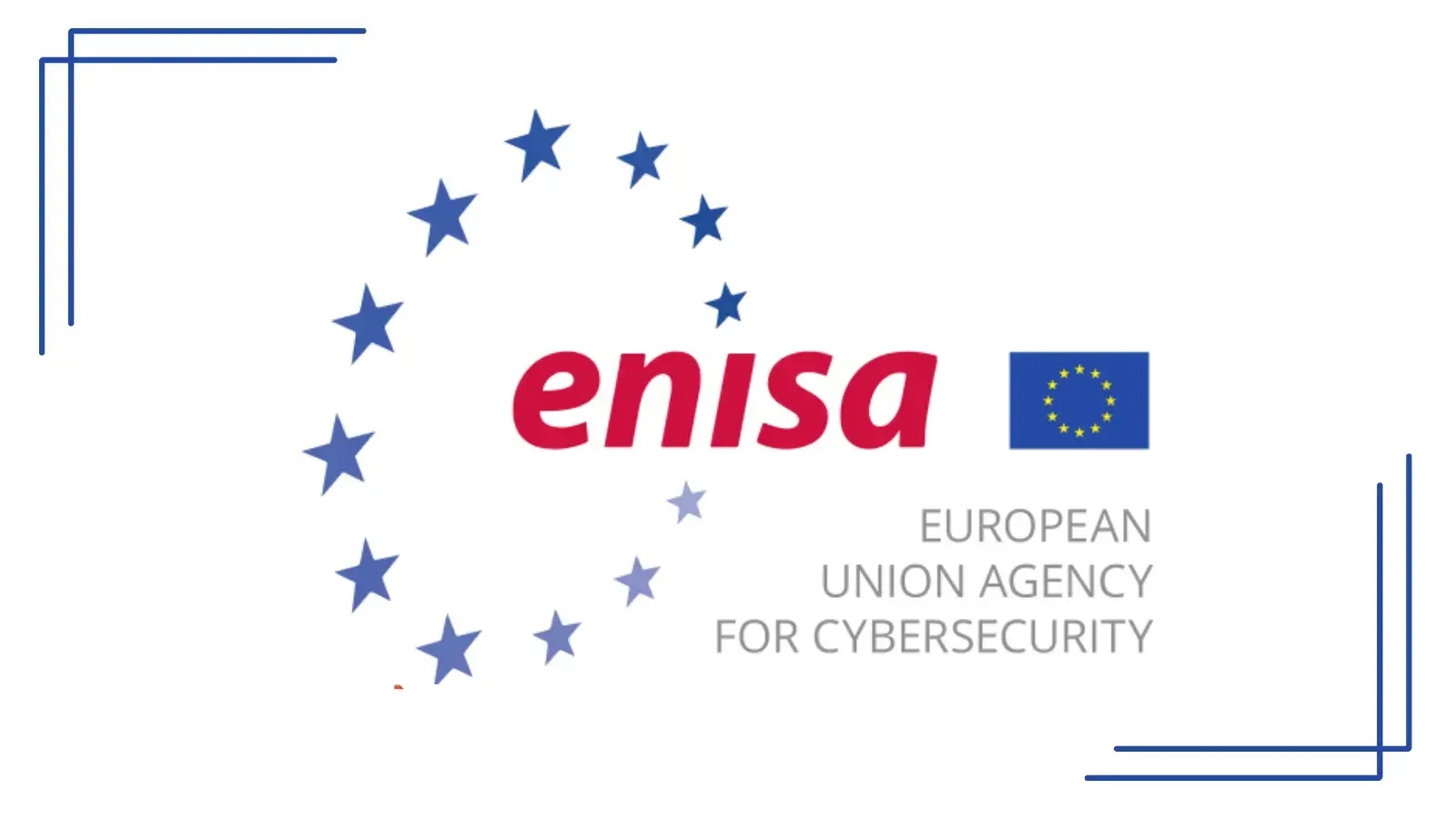The European Union Agency for Cybersecurity (ENISA) has published a comprehensive list of the top ten emerging cybersecurity threats anticipated to impact the digital landscape by 2030.
This forecast culminates an extensive eight-month foresight exercise, incorporating insights from the ENISA Foresight Expert Group, the CSIRTs Network, and EU CyCLONe experts.
ENISA’s Executive Director, Juhan Lepassaar, emphasized the urgency of addressing these risks, stating, “The mitigation of future risks cannot be postponed or avoided. This is why any insight into the future is our best insurance plan.”
AI-Powered Protection for Business Email Security
Trustifi’s Advanced threat protection prevents the widest spectrum of sophisticated attacks before they reach a user’s mailbox. Try Trustifi Free Threat Scan with Sophisticated AI-Powered Email Protection .
The exercise underscores the diversity of the threats and the evolving nature of today’s challenges, which will continue to shift in character over the next decade.
The Top 10 threats identified by ENISA are:
- Supply Chain Compromise of Software Dependencies: As systems grow more complex and reliant on third-party components, the risk of attacks exploiting these dependencies is expected to rise.
- Skill Shortage: The cybersecurity industry faces a significant talent gap, projected to persist, potentially exacerbating security breaches.
- Human Error and Exploited Legacy Systems Within Cyber-Physical Ecosystems: Insecure critical infrastructure and IoT systems pose a substantial risk, with human error compounding the threat.
- Exploitation of Unpatched and Out-of-date Systems: The overwhelming pace of technological advancements may lead to neglected updates, leaving systems vulnerable.
- Rise of Digital Surveillance Authoritarianism / Loss of Privacy: Advancements in surveillance technologies threaten individual privacy and data security.
- Cross-border ICT Service Providers as a Single Point of Failure: The increasing reliance on service providers could lead to significant vulnerabilities if these entities are compromised.
- Advanced Disinformation / Influence Operations (IO) Campaigns: The sophistication of disinformation campaigns is expected to grow, potentially undermining societal trust and cohesion.
- Rise of Advanced Hybrid Threats: Cyberattacks may become more complex, blending digital and physical security threats in unforeseen ways.
- Abuse of AI: The misuse of AI technologies could lead to enhanced criminal operations and manipulation of information.
- Physical Impact of Natural/Environmental Disruptions on Critical Digital Infrastructure: Natural disasters and environmental changes could directly impact the resilience of digital infrastructures.
ENISA’s foresight analysis serves as a strategic tool for understanding the evolution of threats and provides a roadmap for policymakers and cybersecurity practitioners to prepare and mitigate these emerging risks.
The agency’s proactive approach aims to bolster the EU’s cybersecurity resilience by raising awareness and promoting countermeasures among member states and stakeholders.
The report’s findings are intended to inspire action and enhance the EU’s preparedness for the cybersecurity challenges of the future.
As the digital landscape continues to evolve, ENISA’s foresight exercise highlights the importance of continuous vigilance and adaptation to safeguard against the ever-changing threat landscape
Stay updated on Cybersecurity news, Whitepapers, and Infographics. Follow us on LinkedIn & Twitter.






